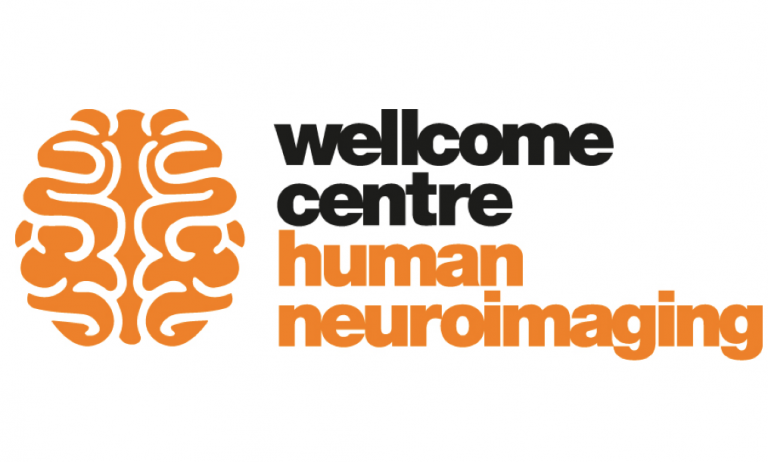Brain meeting: Prof. Stephanie Jones
22 March 2019, 3:15 pm–4:15 pm

Human Neocortical Neurosolver: A Neural Modeling Tool to Link Mechanism to Meaning of EEG/MEG Signals
This event is free.
Event Information
Open to
- All
Cost
- Free
Organiser
-
Sam Ereira, Nadine Graedel and Dina Spano
Location
-
4th floor seminar room, WCHN12 Queen SquareQueen SquareLondonWC1N 3ARUnited Kingdom
Brain meeting
Electro- and magneto-encephalography (EEG/MEG) are the leading methods to non-invasively record human neural dynamics with millisecond temporal resolution. However, it can be extremely difficult to infer the underlying cellular and circuit level origins of these macro-scale signals without simultaneous invasive recordings. This limits the translation of MEG/EEG into novel principles of information processing, or into new treatment modalities for neural pathologies. To address this need, we developed the Human Neocortical Neurosolver (HNN), a new user friendly neural modeling tool designed to help researchers and clinicians interpret human imaging data. A unique feature of HNN’s model is that it accounts for the biophysics generating the primary electric currents underlying such data, so simulation results are directly comparable to source localized data. In this talk, I will give an overview of this new tool and describe an application to study the origin and meaning of 15-29Hz beta frequency oscillations, known to be important for sensory and motor function. Our data showed that in primary somatosensory cortex these oscillations emerge as transient high power ‘events’. Functionally relevant differences in averaged power reflected a difference in the number of high-power beta events per trial (“rate”), as opposed to changes in event amplitude or duration. These findings were consistent across detection and attention tasks in human MEG, and in local field potentials from mice performing a detection task. Modeling led to a new theory on the circuit origin of such beta events and suggested beta causally impacts perception through layer specific recruitment of cortical inhibition, with support from invasive recordings in animal models. In total, HNN provides an unpresented biophysically principled tool to link mechanism to meaning of human EEG/MEG signals.
There will be coffee, tea and cake in the conservatory directly after the talk.
About the Speaker
Prof. Stephanie Jones
at Brown University
 Close
Close

